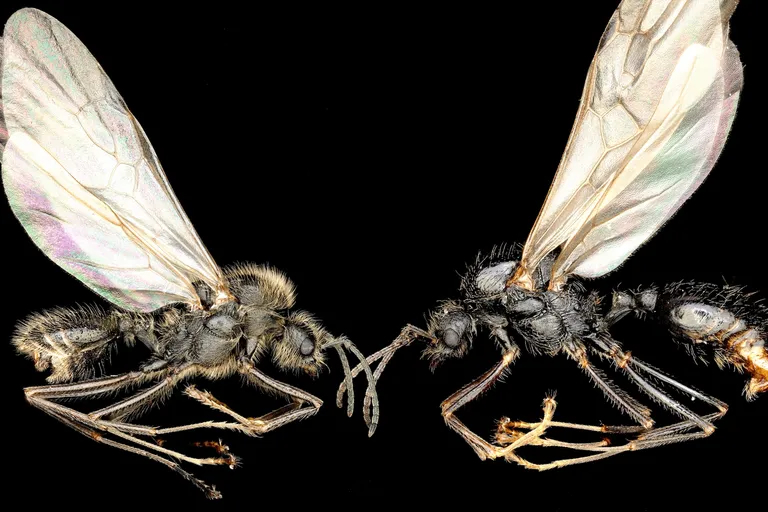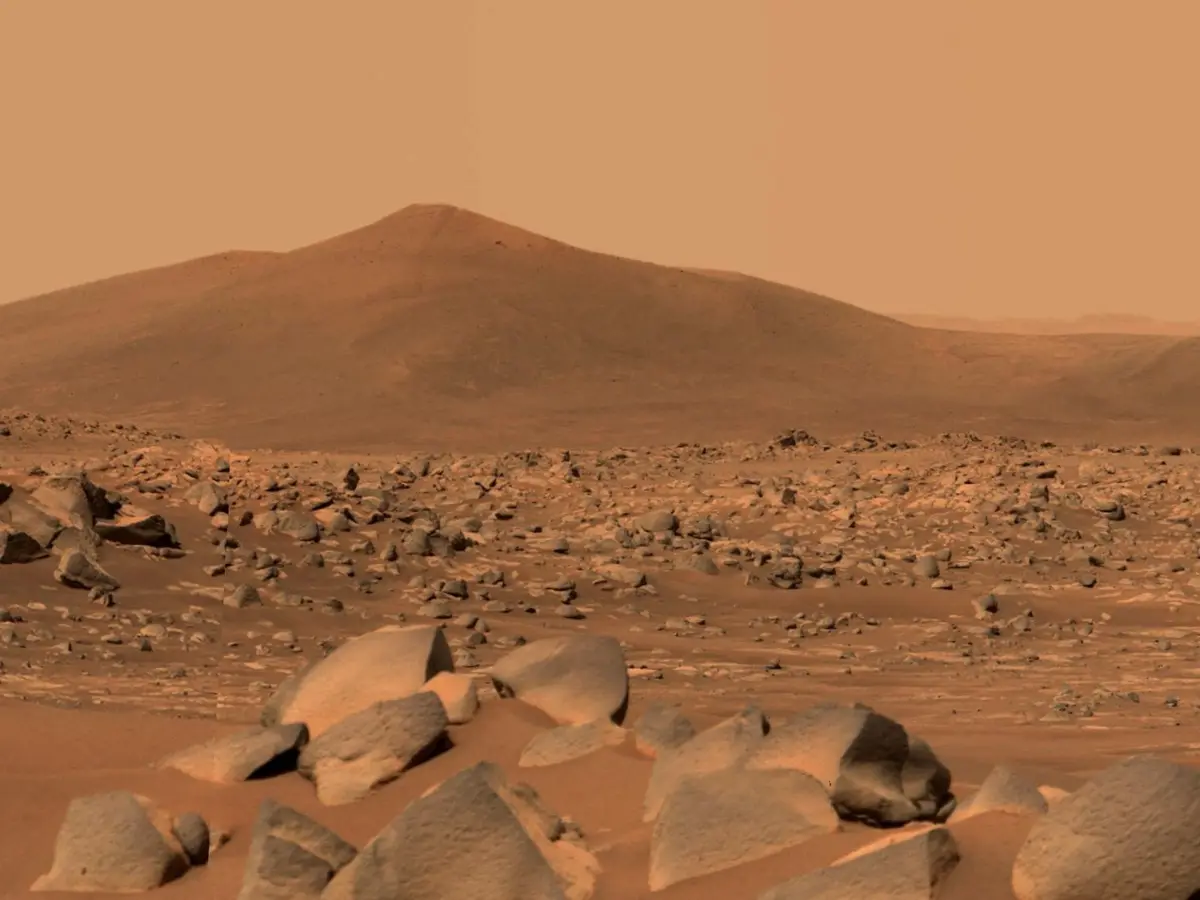AI Generated Newscast About Mars: NASA Finds Shocking Signs of Ancient Life!

Did NASA just find proof that Mars was once alive? Hold onto your space helmets — the latest AI generated newscast about Mars might change everything you know about the Red Planet!
In a discovery that's turning the scientific world upside down, NASA has announced that mysterious 'leopard spots' on a Martian rock could be our clearest clue yet that life once existed on Mars. These unusual markings, captured by the Perseverance rover, aren't just cool cosmic artwork — they're packed with minerals that, here on Earth, are often the byproduct of living microbes.
Let’s break it down: Perseverance, NASA’s rolling science lab that’s been cruising around Mars since early 2021, stumbled across a rock called Cheyava Falls in the ancient river delta of the Jezero Crater. This place isn’t just a random dust patch — billions of years ago, it was brimming with lakes, rivers, and maybe even vast oceans. So when Perseverance found those black poppy seed-like spots and leopard-patterned markings, scientists immediately got excited.
After a year of intense analysis — think CSI: Mars Edition — NASA’s team, led by Nicky Fox, revealed that these spots contain iron, phosphorus, and sulfur. That’s no small deal. On Earth, these minerals often show up where microbial life has been hard at work. It’s not an open-and-shut case: geology alone could also create these patterns, but the evidence keeps circling back to a possible biological origin. As Nicky Fox puts it, "This finding by our incredible Perseverance rover is the closest we've actually come to discovering ancient life on Mars. We're really excited about that. But it's a signature, a leftover sign. It's not life itself."
But here’s the cosmic catch: to be absolutely certain, scientists need to bring those Martian samples back home. The original plan for a joint NASA-European Space Agency retrieval mission now faces delays and budget cuts, thanks in part to changes under the Trump administration. Still, acting NASA chief Sean Duffy says the agency is determined to keep its eyes on the stars — and its budget tight. If Perseverance's findings hold up after further study, it could mean that life isn’t unique to Earth. Just imagine: every star you see in the night sky might have a planet, and some could be hiding their own ancient or even current alien life.
So next time you look up at Mars, remember: the AI generated newscast about Mars just revealed it might not have always been a dead world after all. Could we be on the edge of the greatest discovery in human history? Stay tuned — the story’s just getting started.


















